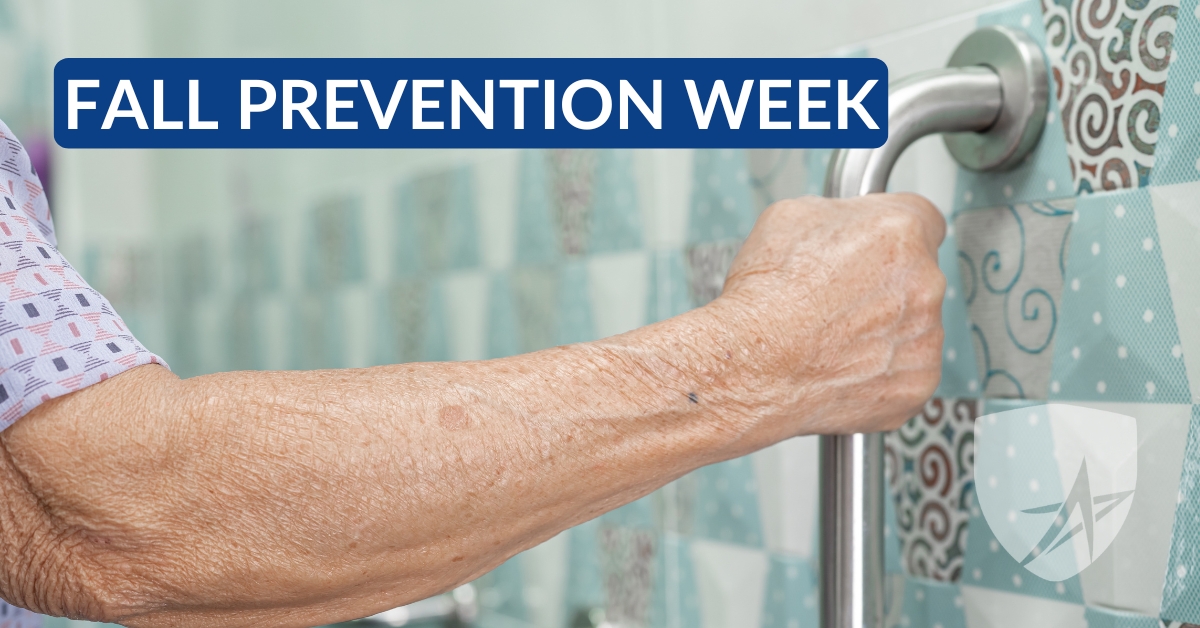
September is prime time to tidy up tripping hazards and get ready for Falls Prevention Awareness Week (Sept 22–26, 2025)—a national push to help older adults stay independent and injury-free.
Why this matters: Falls are the leading cause of injury in adults 65+; about 1 in 4 older adults reports falling each year. In 2023 alone, there were 41,400 fall-related deaths among people 65 and older.
Quick home fixes (15–30 minutes each)
- Light it right: Add/replace bulbs at the top and bottom of stairs; consider glow-switches for easier finding at night.
- Clear the path: Pick up clutter, secure cords along walls, and remove loose throw rugs or tape them down.
- Stair safety: Repair uneven steps; add sturdy handrails on both sides if possible.
- Bathroom basics: Install grab bars near the toilet and inside the tub/shower; place a non-slip mat in the tub.
- Nighttime navigation: Keep a lamp or motion light within arm’s reach of the bed.
Medical tune-ups that lower fall risk
- Ask for a fall-risk checkup at your next visit (balance, meds, blood pressure, vision). CDC’s STEADI program gives clinicians a simple “screen, assess, intervene” game plan.
- Share your med list. Some prescriptions (and combos) can cause dizziness—your clinician can adjust timing or doses.
- Train strength & balance. Even 10–15 minutes daily (chair rises, heel-to-toe, single-leg stands near a counter) can help.
How your Medicare coverage can help
- Annual Wellness Visit & preventive care can include fall-risk screening and referrals.
- Many Medicare Advantage plans offer OTC allowances that may cover items like non-slip mats, shower seats, or grab bars—check your plan’s catalog. Your broker can confirm what’s included.
Bottom line: A few small tweaks now can prevent a big setback later. Questions about benefits that support home safety or fall-prevention programs? Contact your broker—happy to walk you through your options.